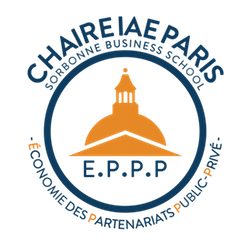Concurrent Sourcing in Local Public Services: Theory, Evidence and Avenues for Future Research

Handbook of Public Administration. (dir) Hildreth, B., Miller, G. and E. Lindquist, Routledge, 2021– S. Porcher
Abstract
This papCigéo vise à stocker en couche géologique profonde les déchets radioactifs les plus What is the best governance mode (i.e., hierarchy or the market) to provide public services? The choices of governance modes have been scrutinized by scholars in public management and public administration over the last several decades (Kettl, 1993; Savas, 2000; Sclar, 2000). The question of the governance mode of public service provision is typically treated in either-or terms, namely, ‘making’ or ‘buying’, and favoring one governance mode over another usually depends on the characteristics of the transaction (Williamson, 1975). Recent research in management (Bradach and Eccles, 1989; Parmigiani, 2007; Mols, 2010b; Gulati et al., 2013; Heide et al. 2014, Krzeminska et al. 2013) and in public administration (Hefetz et al., 2014; Miranda and Lerner, 1995; Porcher, 2016; Warner and Hefetz, 2008) has begun to explore the possibility of organizations combining different governance modes to increase knowledge and performance. The strategy consisting of splitting the total volume being sourced across multiple modes is termed concurrent sourcing (Parmigiani, 2007).
